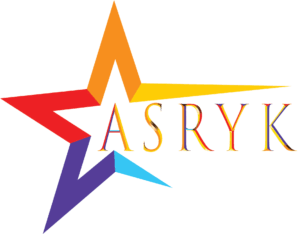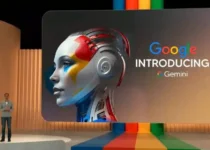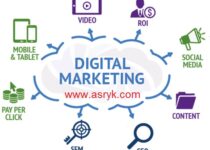Viable AI: Beyond Science Fiction, Embracing the Tangible
Artificial intelligence (AI) has captivated our imaginations for decades. From the sentient androids of science fiction to the chess-playing supercomputer Deep Blue, AI has promised a future where machines can mimic and even surpass human intelligence. But how far have we come in realizing this vision? This 5000-word exploration delves into Viable AI, a concept that transcends the realm of theoretical possibilities and focuses on the practical applications of AI that are demonstrably improving our lives today.
From Hype to Reality: Defining Viable AI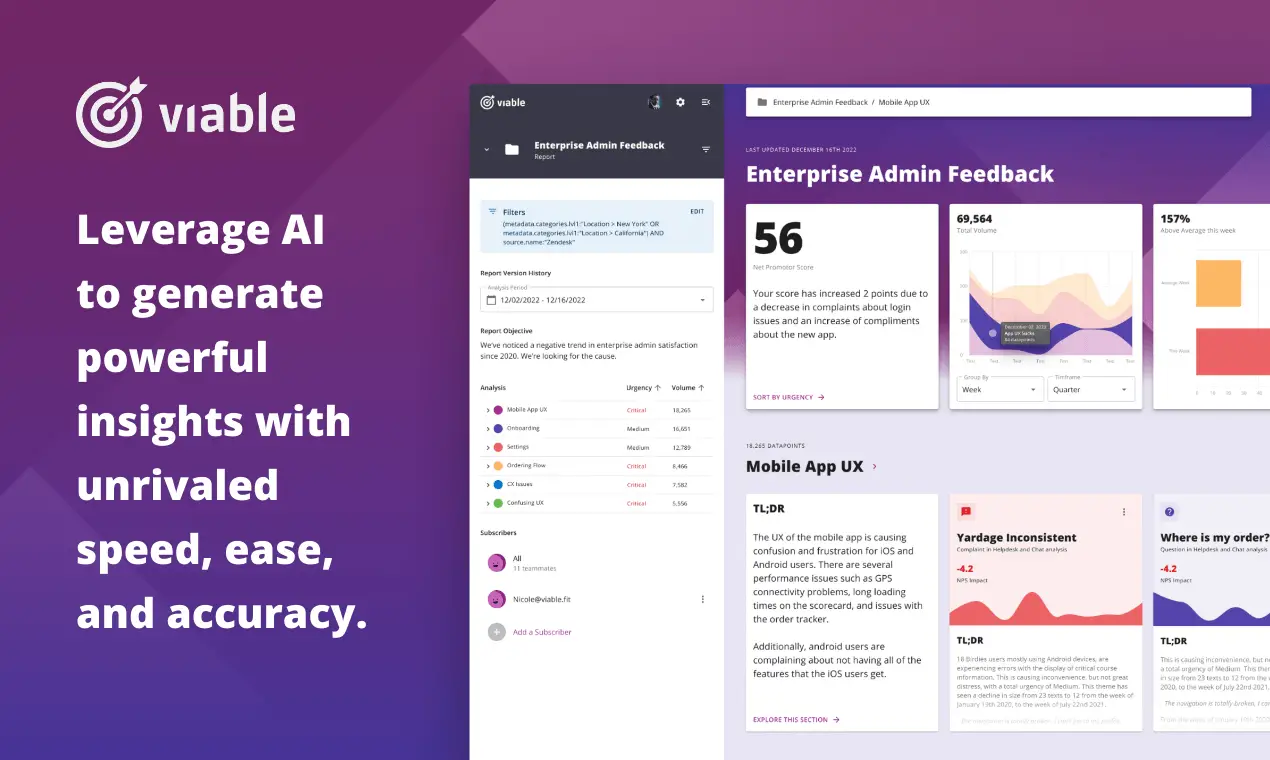
The term “AI” encompasses a broad spectrum of technologies, ranging from simple rule-based systems to complex machine learning algorithms. Viable AI, however, goes beyond mere technical prowess. Here’s what separates the hype from the reality:
- Solving Real-World Problems: Viable AI addresses actual challenges faced in various domains – healthcare, finance, transportation, and more. It delivers tangible value by automating tasks, optimizing processes, and generating insights that wouldn’t be readily apparent to humans.
- Focus on User Needs: Viable AI solutions prioritize user experience. The technology is designed to be intuitive, accessible, and complementary to human capabilities.
- Ethical Considerations: Viable AI development incorporates ethical principles like fairness, transparency, and accountability. Bias mitigation and responsible data handling are paramount.
- Measurable Impact: Viable AI produces demonstrably positive results. Its effectiveness is assessed through quantifiable metrics, aligning with the goals and objectives of its implementation.
Viable AI in Action: Exploring Applications Across Industries
Viable AI is no longer a futuristic concept. It’s already transforming industries in profound ways:
Healthcare:
- Medical Imaging Analysis: AI algorithms can analyze medical scans with superhuman accuracy, aiding in early disease detection and improving diagnosis.
- Drug Discovery and Development: AI can analyze vast datasets of information to identify potential drug candidates and accelerate the development of new therapies.
- Personalized Medicine: AI can unlock the power of patient data to personalize treatment plans, tailoring healthcare to individual genetic profiles and medical history.
Finance:
- Fraud Detection: AI can analyze financial transactions in real-time, identifying patterns and anomalies that indicate potential fraud attempts.
- Algorithmic Trading: AI-powered algorithms can analyze market trends and trade assets at lightning speed, leading to efficient portfolio management.
- Risk Management: AI can help financial institutions assess and manage risk exposure, ensuring financial stability and protecting against market volatility.
Transportation: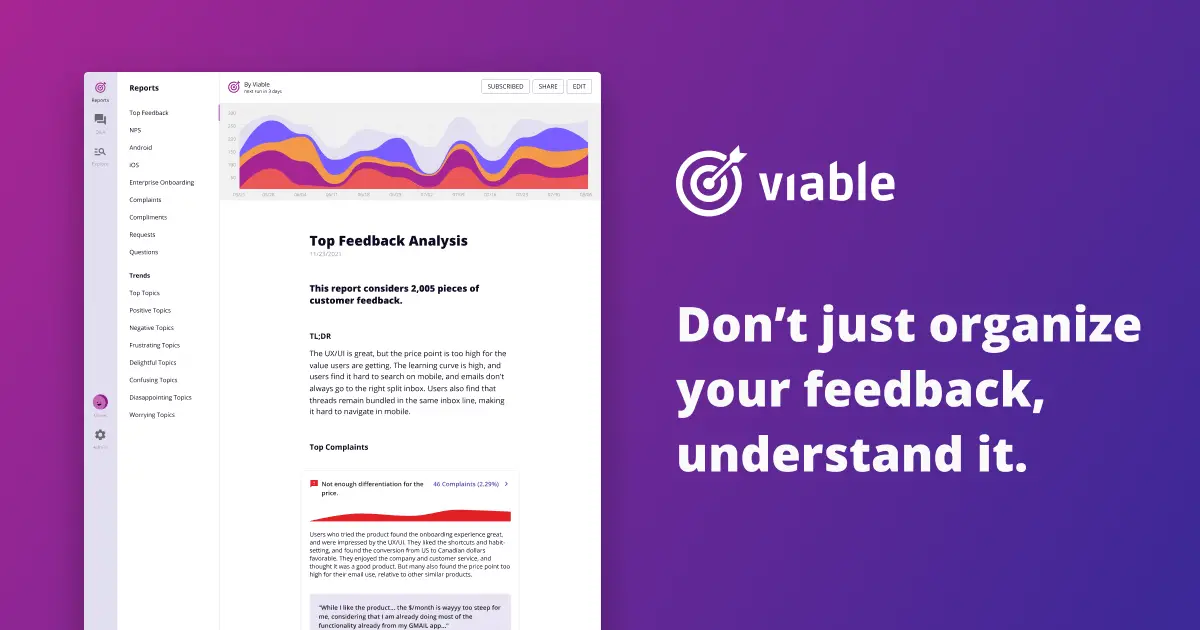
- Self-Driving Cars: Autonomous vehicles powered by AI are transforming the transportation landscape, promising a future of safer and more efficient travel.
- Traffic Management: AI algorithms can optimize traffic flow by analyzing real-time data on congestion and road conditions, reducing travel times and emissions.
- Predictive Maintenance: AI can analyze sensor data from vehicles to predict potential maintenance issues, allowing for preventative measures that minimize downtime.
These are just a few examples, and the list of viable AI applications continues to grow. AI is being used to streamline customer service interactions, optimize supply chains, personalize educational experiences, and even create novel forms of art and entertainment.
Building a Future with Viable AI: Challenges and Opportunities
While the potential of Viable AI is undeniable, several challenges need to be addressed to ensure its responsible and beneficial integration into our lives:
- Explainability of AI: Understanding the reasoning behind AI decisions is critical. Techniques like explainable AI (XAI) are being developed to shed light on the inner workings of these algorithms, building trust and transparency.
- Job Displacement: Concerns exist about AI automation replacing human jobs. However, Viable AI can also lead to the creation of new job opportunities in fields like AI development, data analysis, and human-machine collaboration.
- The Digital Divide: Unequal access to technology could exacerbate existing inequalities if not addressed. Ensuring inclusive access to AI education and training is crucial for a balanced and equitable future.
Specific Examples of Viable AI Companies:
- Viable (formerly known as Viable AI): This company focuses on using AI for qualitative data analysis, particularly customer feedback. Their platform leverages GPT-3 technology to automate the analysis of unstructured data like customer reviews and surveys, extracting actionable insights for businesses.
- Beyond Limits: This company utilizes AI for personalized language learning. Their platform tailors learning experiences to individual student needs and goals, optimizing the learning process and accelerating proficiency.
- DeepMind: This AI research lab, owned by Google’s parent company Alphabet, has developed AlphaFold, a protein structure prediction program. AlphaFold represents a significant advancement in the field of biology, with the potential to revolutionize drug discovery and protein engineering.
Exploring the Future of Work with Viable AI:
As mentioned earlier, the rise of Viable AI raises concerns about job displacement. However, it also presents opportunities for new career paths. Here’s a deeper look at both sides of the coin:
Potential Job Displacement:
- Automation of Repetitive Tasks: Many repetitive tasks across industries, such as data entry or assembly line work, are vulnerable to automation by AI.
- Shifting Skillsets: The nature of work will evolve, requiring a workforce equipped with skills in areas like data analysis, AI literacy, and human-machine collaboration.
New Job Opportunities:
- AI Development and Engineering: The growing demand for Viable AI solutions will necessitate a skilled workforce specializing in AI development, deployment, and maintenance.
- Data Science and Analytics: Extracting insights from the vast amount of data generated by AI systems will require skilled data scientists and analysts.
- Human-Machine Collaboration: The future of work will likely involve humans and AI working together. New roles will emerge that leverage human creativity, problem-solving skills, and social intelligence alongside the capabilities of AI systems.
The Role of Policy and Regulation in Viable AI:
Governments and regulatory bodies have a crucial role to play in ensuring the ethical and responsible development and deployment of Viable AI. Here are some key areas for policy consideration:
- Data Privacy and Security: Strict regulations are needed to protect individual privacy and ensure secure data handling practices in AI development.
- Algorithmic Bias: Measures need to be implemented to mitigate bias in AI algorithms, promoting fairness and preventing discrimination.
- Transparency and Explainability: Developing frameworks that promote transparency in AI decision-making processes will be crucial for building public trust.
Conclusion: Embracing a Viable Future with AI
Viable AI is not about replacing human intelligence; it’s about augmenting it. By leveraging the power of AI to solve complex problems, improve efficiency, and unlock new possibilities, we can create a future that is both technologically advanced and socially responsible. As we move forward, the focus must be on developing and deploying AI that aligns with human values, prioritizing the well-being of individuals and societies as a whole. The path forward lies in fostering collaboration between AI researchers, developers, policymakers, and the public. With careful planning, ethical considerations at the forefront, and a focus on Viable AI, we can usher in a future where human and machine intelligence work together to build a better world.
